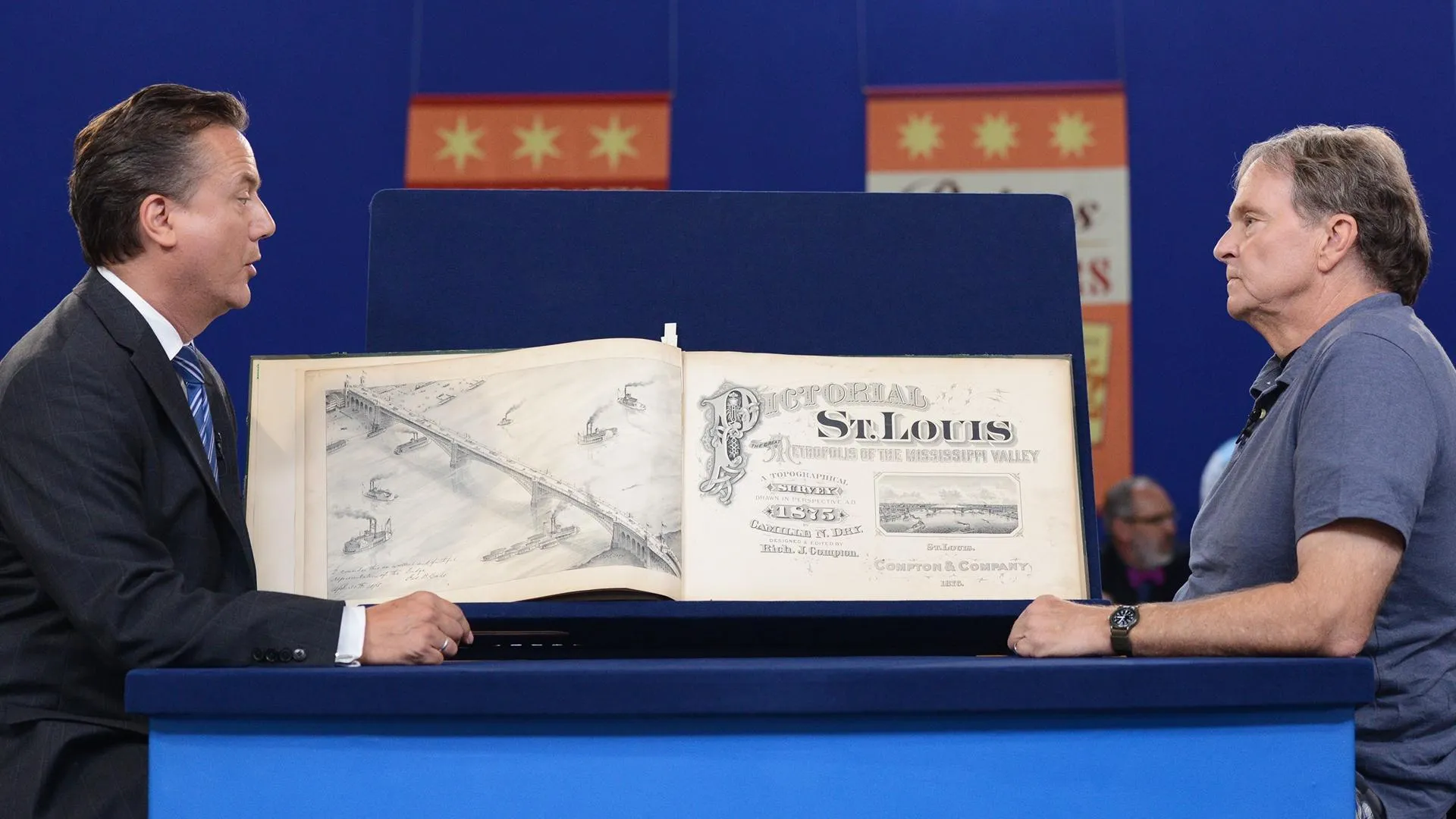GUEST: They were my grandmother's, and she passed away about three years ago, and I inherited them. And the family story was that my great-great-grandfather has been at the Battle of Wounded Knee, and he picked them up there.
APPRAISER: Wounded Knee is in 1890 on Sioux land. These are not Sioux, and they're actually not from that area. The doll is Apache, from Arizona. It's relatively early, about 1880, 1890. The hide is made of tanned deer hide. The beads are from Europe, probably Venice, and they would be traded to the Natives. The tin cones would be repurposed from tin cans. It has a very minimal face, which is typical of Apache dolls.
GUEST: Oh, I was thinking it was missing something.
APPRAISER: No, it's just very minimal. And always that bow tie on top, it's an Apache characteristic. The moccasins are from a completely different area. They're Delaware Indian-- Delaware from Oklahoma. And they're quite early-- they're earlier than the doll. These date to about 1850. The materials, again, have glass beads from Europe, probably Venice. They're tiny seed beads. And then the cloth is silk, also a trade item. You have a floral design here, a leaf pattern, but the beads follow the contour of the leaf, so it's called contour beading. This woman knew her way around a glass bead. It's really exceptional beadwork. The Apache doll on a retail basis I believe would sell for about $5,500. For the Delaware moccasins, they're a bit earlier. I think on a retail basis, these would sell for about $6,500.
GUEST: Wow, okay.











